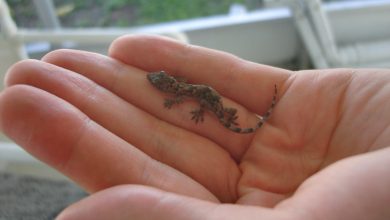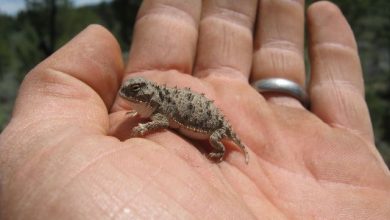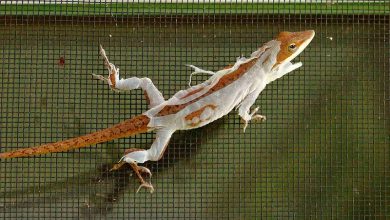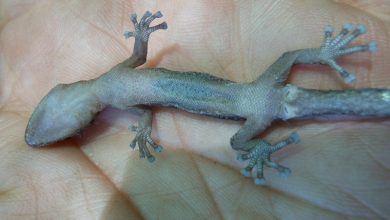What do Florida Lizards Eat? » Florida lizards have diverse diets that vary between their natural habitat and captivity. Understanding what these lizards eat is essential for their health and well-being. From insects to plant-based foods, the diet of Florida lizards is intriguing and important to explore.
Table of Contents » What do Florida Lizards Eat
Key Takeaways
- Florida lizards have a natural diet in the wild that consists mainly of insects and occasionally eggs.
- In captivity, pet lizards require a balanced diet of insects, fruits, vegetables, and sometimes small mice.
- Some lizard species are exclusively plant-eaters, consuming leafy greens, fruits, and vegetables.
- Feeding practices for lizards include nighttime considerations and proper management of live prey.
- Variety in a pet lizard’s diet is essential, including crickets, mealworms, and other suitable insects.
Diet of Florida Lizards
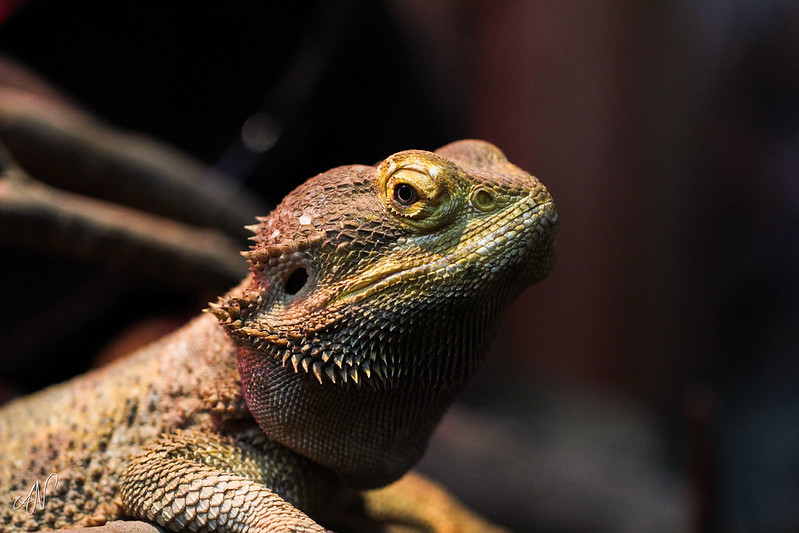
Natural Diet in the Wild
In the diverse ecosystems of Florida, lizards play a crucial role as both predator and prey. Their diet is primarily composed of insects, which are abundant in their natural habitats. These insects include a variety of species such as crickets, grasshoppers, locusts, and more. As opportunistic feeders, lizards will also consume other available food sources, including spiders, scorpions, and even eggs, which require minimal effort to obtain.
The specific prey a lizard targets is often a function of its size, with smaller lizards typically hunting smaller insects and worms, while larger species may tackle more substantial prey like small rodents or other lizards.
As lizards grow and their hunting skills improve, they adapt to include larger prey in their diet. However, insects remain a staple for most. The table below summarizes common prey items for Florida lizards in the wild:
| Prey Type | Common Examples |
|---|---|
| Insects | Crickets, Ants, Flies |
| Arachnids | Spiders, Scorpions |
| Others | Eggs, Small Rodents |
It’s important to note that the availability of prey and local flora can influence the diet of herbivorous and omnivorous lizards, leading them to incorporate various plants, fruits, and vegetables found in their region.
Feeding Habits in Captivity
In captivity, Florida lizards’ diets are carefully curated to mimic their natural intake as closely as possible. Offering live prey, such as crickets, flies, roaches, worms, and rodents, provides both mental stimulation and nutritional value. Pet stores typically carry a variety of these foods, with options ranging from live to dried or frozen, depending on the lizard species and size.
It is crucial to monitor live feeding sessions to ensure the safety of the lizard. Any uneaten prey should be removed after approximately 20 minutes to prevent potential harm to the reptile.
For herbivorous species, a diverse selection of fruits and greens is essential. The following list outlines common food items provided to captive lizards:
- Live crickets
- Flies
- Roaches
- Worms
- Rodents (frozen or live)
- Dried mealworms
- Crickets
- Various fruits
- Greens
Feeding frequency and portion size are tailored to the lizard’s age and size. Juveniles may require feeding three times a week, while adults might only need a weekly meal. Establishing a feeding routine can help regulate the lizard’s diet and prevent obesity, a common issue among captive lizards.
Insects in the Diet
Variety of Insects Consumed
Florida lizards exhibit a diverse insectivorous diet, primarily dictated by their size and the availability of prey within their habitat. Most lizards favor crickets, grasshoppers, and locusts, which are abundant and easy to catch. However, the spectrum of their diet extends to larger and more formidable insects such as scorpions and spiders, particularly for bigger lizard species.
The following list outlines common insects consumed by Florida lizards:
- Crickets
- Grasshoppers
- Locusts
- Scorpions
- Spiders
While some lizards may opportunistically consume eggs or even small vertebrates, insects remain the cornerstone of their diet in the wild.
It is important to note that smaller lizards may themselves fall prey to larger insects, highlighting the complex food web within their ecosystems. This predatory dynamic is a crucial aspect of their survival, influencing their feeding strategies and habitat preferences.
Prey Size and Selection
Florida lizards exhibit a diverse range of sizes, which directly influences their prey selection. Smaller lizards tend to consume smaller insects, while larger species may tackle more substantial prey. For instance, species such as the mangrove monitor can grow to a length of 1.5 meters and are capable of hunting larger animals.
The prey size is not only a matter of physical capability but also of energy efficiency. Lizards must balance the energy expended in hunting with the caloric intake from their prey. This leads to a natural selection of prey that optimizes their energy expenditure.
Lizards’ prey size selection is a critical aspect of their survival, ensuring they gain enough nutrition without expending excessive energy.
Here is a brief overview of the size range of some Florida lizards and their corresponding prey:
- Small Lizards (45–100 mm SVL): Insects like ants, small beetles, and spiders.
- Medium Lizards (up to 200 mm SVL): Larger insects, small rodents, and occasionally small birds.
- Large Lizards (over 200 mm SVL): Rodents, birds, and even other lizards.
Understanding the prey size and selection is crucial for both natural ecosystem balance and the management of lizards in captivity.
Plant-Based Foods
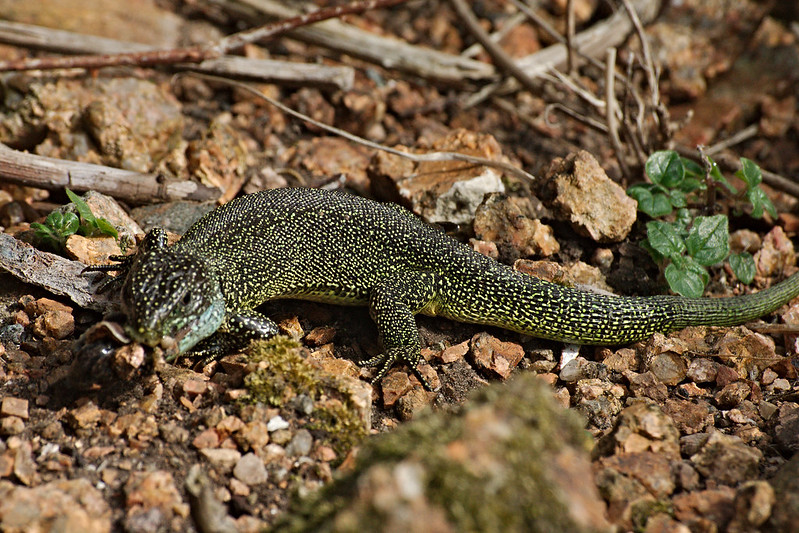
Fruits and Vegetables Consumption
While the majority of Florida lizards are insectivorous, incorporating a variety of insects into their diet, some species also consume plant-based foods. Fruits and vegetables play a significant role in the diet of certain lizard species, providing essential vitamins and hydration. These herbivorous or omnivorous lizards selectively feed on soft fruits, tender leaves, and flowers, which are easier to digest.
The inclusion of plant matter in their diet not only diversifies their nutrient intake but also reflects their adaptability to available food sources in their habitat.
The following list outlines common plant-based items consumed by Florida lizards:
- Berries
- Melons
- Leafy greens
- Flowers
- Soft-stemmed plants
It is important to note that not all lizards have the same dietary requirements, and the consumption of fruits and vegetables may vary widely among different species. Researchers continue to study these dietary habits to better understand the ecological impact and nutritional needs of Florida’s lizard populations.
Exclusive Plant-Eating Species
While the majority of Florida lizards are omnivorous or insectivorous, there are species that predominantly consume plant-based foods. These herbivorous lizards have adapted to a diet that consists mainly of leaves, flowers, and fruits, which they forage from their surrounding environment. Their dietary preferences are shaped by the availability of vegetation and the nutritional needs specific to their species.
Among the plant-eating lizards, some have evolved to exclusively consume certain types of plants or parts of plants. For example, the Green Iguana (Iguana iguana), which is an introduced species in Florida, is known for its herbivorous diet that includes a wide variety of leaves, flowers, and fruits.
The diet of these exclusive plant-eating species is critical for their survival and plays a significant role in the ecosystem by aiding in seed dispersal and plant pollination.
Understanding the dietary habits of these lizards is essential for their conservation and management, especially in areas where their natural habitat is under threat from human activities.
Feeding Practices
Nighttime Feeding Considerations
When managing the diet of Florida lizards, nighttime feeding practices require careful attention. Many lizards experience a metabolic slowdown at night, becoming sluggish and less responsive. This state can leave them vulnerable to attacks from uneaten live insects left in their enclosure. To prevent potential harm, it is generally recommended to remove any live prey before nightfall and reintroduce it the following day.
For nocturnal species, the approach should be reversed, with feeding times aligned with their active periods. It is crucial to conduct species-specific research to ensure the feeding schedule matches the lizard’s natural behavior.
Additionally, any fruits or vegetables provided should be removed before spoilage occurs to prevent the growth of mold. These food items should be placed in a bowl or similar container to avoid accidental ingestion of substrate material. The following list outlines key nighttime feeding practices:
- Remove live insects before nightfall to protect the lizard.
- Adjust feeding times for nocturnal species to match their active hours.
- Discard uneaten plant-based foods to maintain hygiene.
- Use appropriate containers for fruits and vegetables to prevent substrate consumption.
Live Prey Management
In the context of captive lizard care, live prey management is a critical aspect that requires attention to detail and responsible practices. Offering live prey to lizards not only satisfies their natural hunting instincts but also provides essential nutrition. However, it is imperative to supervise live feeding sessions to prevent potential harm to the lizard. Uneaten prey, if left in the enclosure, can stress or even injure the lizard. Therefore, it is recommended to remove any uneaten prey after approximately 20 minutes.
The selection of live prey should be appropriate for the lizard’s size and species. Common live feed options include crickets, flies, roaches, worms, and for larger species, rodents. While some caretakers may opt for dried or frozen alternatives, live prey offers the most natural and enriching experience for the lizard.
To ensure the well-being of both the lizard and the prey, the following guidelines should be observed:
- Acquire prey from reputable sources to avoid the risk of disease.
- Match the size of the prey to the size and age of the lizard to facilitate safe consumption.
- Monitor the lizard during feeding to ensure it is eating properly and to intervene if necessary.
- Maintain a clean and secure environment to prevent escape of live prey and to promote the health of the lizard.
Pet Lizards’ Diet
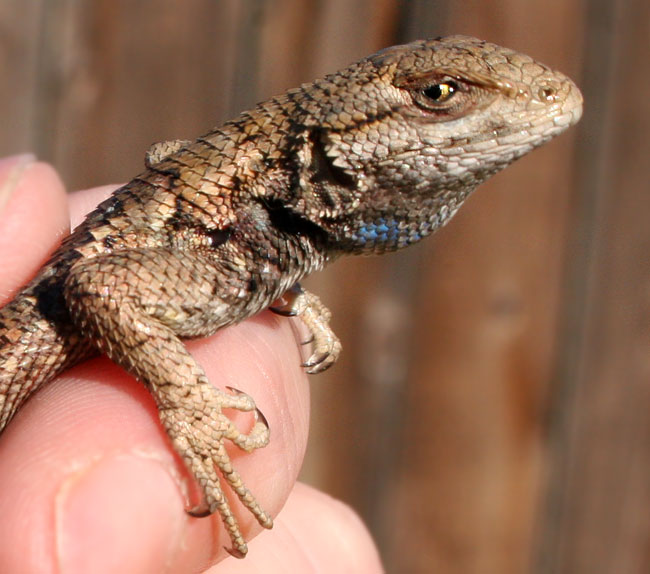
Common Pet Lizard Species
In Florida, the most commonly kept pet lizards include species such as geckos, iguanas, and chameleons. These reptiles are favored for their manageable size, distinctive appearances, and relatively straightforward dietary needs. Geckos are particularly popular, with their nocturnal habits and insectivorous diets making them an interesting addition to many homes.
The dietary preferences of these lizards are influenced by their natural habitats and instincts. For instance, iguanas are primarily herbivorous, consuming a diet rich in leafy greens and fruits, while chameleons prefer a carnivorous diet, hunting insects with their remarkable tongue projection. In captivity, the availability of food plays a crucial role in determining what lizards eat. Pet stores commonly supply a variety of feeder insects such as crickets, which are a staple for many pet lizards.
While pet lizards in Florida may not need to hunt as they would in the wild, providing a diet that mimics their natural consumption is essential for their health and well-being.
Owners must ensure that their pet lizards receive a balanced diet that includes the necessary vitamins and minerals. This often involves a combination of commercially available reptile food, supplemented with fresh produce or live insects, depending on the species. Below is a list of common food items for pet lizards:
- Crickets
- Mealworms
- Fruits (e.g., berries for iguanas)
- Leafy greens
- Calcium and vitamin supplements
Understanding the specific dietary needs of each species is vital for their survival and longevity in captivity. It is recommended that potential and current lizard owners consult with a veterinarian or a reptile specialist to create an appropriate feeding regimen.
Dietary Adaptations in Captivity
In captivity, Florida lizards undergo significant dietary adaptations to accommodate the constraints and conveniences of a controlled environment. The availability of prey is a primary factor influencing captive diets, with pet owners often relying on what can be readily purchased from pet food stores. Crickets, a staple in the diet of many lizard species, are commonly available and thus form a significant portion of their captive diet.
While variety is beneficial for the health and mental stimulation of captive lizards, the ease of procuring specific prey types often dictates their dietary routine.
Pet lizards may also consume mealworms, Dubai roaches, wingless fruit flies, and for larger species, small mice. However, the sale of live feeder rodents is not universal, leading some owners to seek frozen options or to encourage their reptiles to accept non-live food. It is crucial to ensure that any insects caught for supplementation are safe for lizard consumption.
- Live prey should be monitored during feeding sessions.
- Uneaten prey should be removed after 20 minutes to prevent harm to the lizard.
- Herbivorous lizards benefit from a variety of fruits and greens.
Consultation with a veterinarian is recommended to tailor the diet to the specific needs of the pet lizard, ensuring proper nutrition and health.
Conclusion
In conclusion, the dietary habits of Florida lizards vary depending on their species and natural habitat. While most lizards primarily consume insects such as crickets, grasshoppers, and locusts, some larger species may also prey on small birds and other lizards. Additionally, certain species like green iguanas, Uromastyx, and Solomon Island skinks have a plant-based diet, consuming leafy green vegetables, fruits, and squash. When kept as pets, lizards are typically fed a diet similar to their wild counterparts, with the convenience of readily available prey such as crickets and mealworms. It is essential for lizard owners to provide a balanced diet that meets their pet’s nutritional needs and ensures their overall health and well-being.
Frequently Asked Questions
What do Florida lizards primarily eat in the wild?
Florida lizards primarily eat insects in the wild, such as crickets, grasshoppers, locusts, and sometimes larger prey like scorpions and spiders.
Do all lizards in Florida have the same diet?
No, different species of lizards may have variations in their diet preferences, with some being omnivorous and others being herbivorous.
Can pet lizards in captivity eat only insects?
Pet lizards in captivity can have a varied diet that includes insects, fruits, vegetables, and sometimes small rodents depending on the species.
What are some common pet lizard species in Florida?
Common pet lizard species in Florida include geckos, iguanas, and chameleons, each with specific dietary needs.
Are there lizards in Florida that are exclusively plant-eaters?
Yes, some lizards in Florida, like green iguanas, Uromastyx, and Solomon Island skinks, are known to be predominantly herbivorous.
What should be considered when feeding lizards at night?
It is recommended to remove any uneaten live insects from a lizard’s tank at night to prevent them from attacking the lizard while it is less active.
Can pet lizards be fed fruits and vegetables as part of their diet?
Yes, pet lizards can be given fruits and vegetables as part of their diet, in addition to protein sources like insects and small rodents.
How can pet owners ensure a balanced diet for their pet lizards?
Pet owners can ensure a balanced diet for their lizards by offering a variety of prey items, fruits, and vegetables to meet their nutritional needs.
